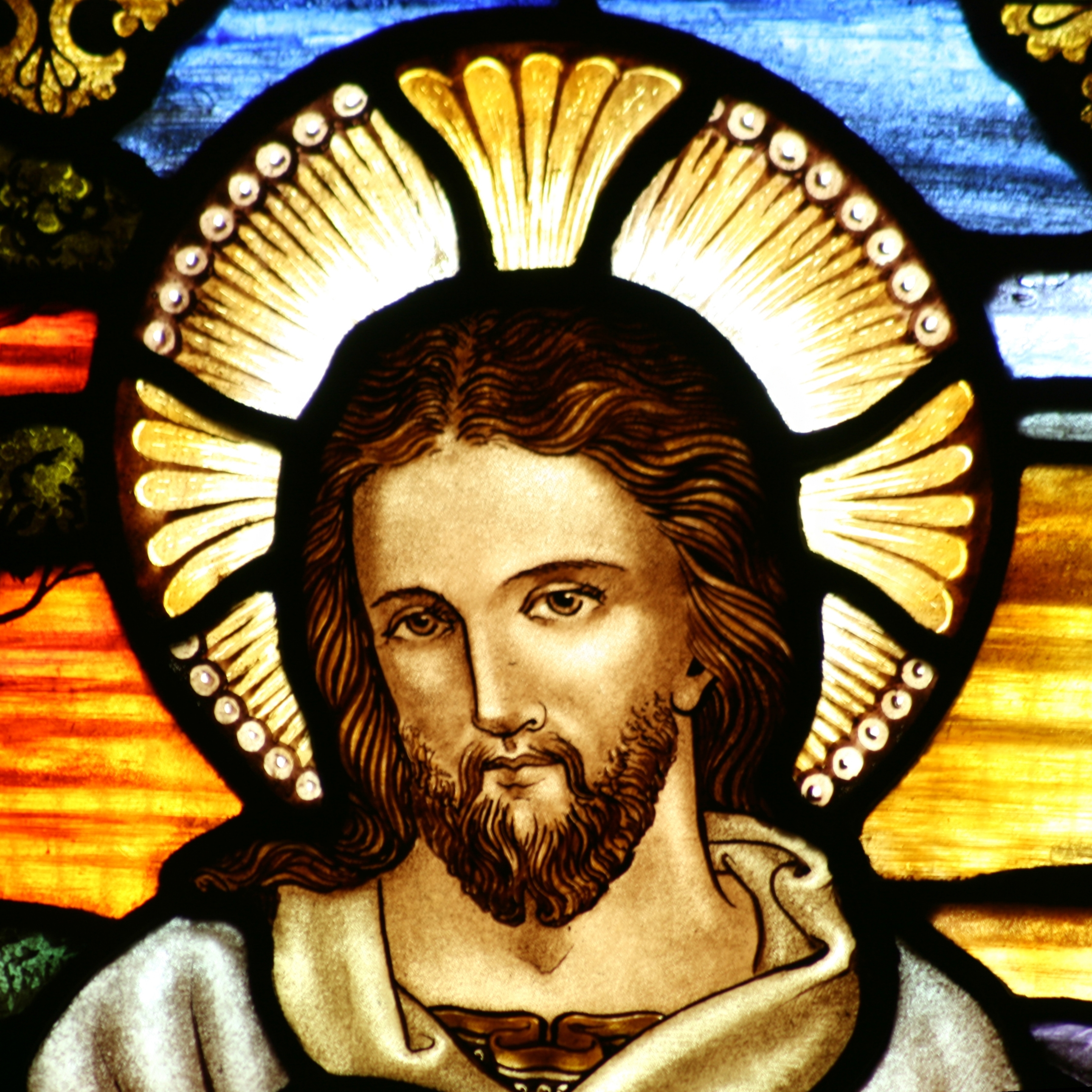For my analysis, I was assigned pages 32-54 of Thomas King’s novel Green Grass Running Water. I will begin by speaking about the historical and literary references present in these passages, as well as my own personal response to this section.
The first character that I encounter is Alberta Frank. She is a seemingly strong and independent woman. She lives in Calgary, a city in Alberta. King could be showing that the places we live help to identify us by having his main female character have the same name as her home province. Jane Flick’s annotations say that “usually Alberta herself is frank” (144), a play on her last name. She is really quite frank, saying “having both Lionel and Charlie relieved her of the anxiety of a single relationship in which events were supposed to rumble along progressively, through well-defined stages. First dates, long talks, simple passion, necking, petting, sex, serious conversations, commitment, the brief stops along the line to marriage and beyond” (King 44-45). The next clear reference is of the character Dr. John Eliot, who Flick believes could be “missionary John Eliot (1604-1690) the “Apostle to the Indians” in Massachusetts; he opposed enslaving Indian captives.” (148). James E. Kiefer explains the great lengths John Eliot went to help the Indigenous people maintain their own culture and language, even preparing “Indians to be missionaries to their own people”. He is speaking to Dr. Hovaugh, who is very clearly meant to represent Jehovah (can be detected when you say his name, Joe Hovaugh, aloud). King creates a scene where “[t]he sun was coming in through the window at Dr. Hovaugh’s back, and John had to squint to make out the shadow of the man behind the desk” (46). It would look like the sun is shining down on Joe Hovaugh, a sign of glory and praise that is often used in stained-glass art in a Catholic or Anglican church.

Joe Hovaugh is also obsessed with the book, showing how there have been predictions that are fulfilled: “They’re all in the book. Occurrences, probabilities, directions, deviations. You can look them up yourself” (King 47). Jesus continuously shows how prophecy has been fulfilled in him while he was on earth in all four gospels. One example is as follows:
“When he came to the village of Nazareth, his boyhood home, he went as usual to the synagogue on the Sabbath and stood up to read the Scriptures. The scroll of Isaiah the prophet was handed to him. He unrolled the scroll and found the place where this was written:
‘The Spirit of the Lord is upon me,
for he has anointed me to bring Good News to the poor.
He has sent me to proclaim that captives will be released,
that the blind will see,
that the oppressed will be set free,
and that the time of the Lord’s favor has come.’
He rolled up the scroll, handed it back to the attendant, and sat down. All eyes in the synagogue looked at him intently. Then he began to speak to them. ‘The Scripture you’ve just heard has been fulfilled this very day!’ ” (NLT Luke 4:16-21).
The Lone Ranger and Babo both said “What else would you like to know?” (King 49, 50) within three words of each other. By having the last line of one section be the first line in the next section, King is connecting not only the sections and scenes, but also the characters which spoke the line.
There are moments of this section that I couldn’t help but laugh at. For example, Joe Hovaugh says “For Christ’s sake” (King 47). The irony had me in stitches. Also when the Lone Ranger realized that he was “being omniscient again” (King 49), and then proceeded to ask: “What else would you like to know?” (King 49). King doesn’t give us what else the brothers wanted to know, but I can imagine a sly smirk on the Lone Ranger’s face as he asks this, just egging his brothers on.
I think the moment that was the most striking for myself from the given passage was when Sergeant Cereno was talking with Babo and she wants to tell him the story of creation, but she can’t. She can’t remember where to start, and he says “[s]tart at the beginning” (54), as if that’s the most obvious place to start. But throughout the novel, King shows us how convoluted stories can be. He intertwines them, leaving us hanging, but excited to see what will happen with the next set of characters we encounter. He allows us to get frustrated with his writing style, but it is a style that does not allow us to put the book down. Because we only get snippets, we want to continue reading until we reach the end of the story, which seems to never happen.
Works Cited:
Flick, Jane. “Reading Notes for Thomas King’s Green Grass Running Water.” Canadian Literature 161-162. (1999): 140-172. Web. 16 March 2015.
Handel, Alfred. I am the Good Shepherd. 1946. Stained glass. St John the Baptist Anglican Church, Ashfield. Photo: Toby Hudson. Wikimedia. Web. 16 March 2015.
Kiefer, James E. “John Eliot, Missionary To the American Indians.” Justus Anglican. Society of Archbishop Justus. n.d. Web. 16 March 2015
King, Thomas. Green Grass Running Water. Toronto: HarperPerennial, 2007. Print.
The Way: New Living Translation. Ed. Mark Oestreicher. Chicago: Tyndale House Publishing, 2012. Print.